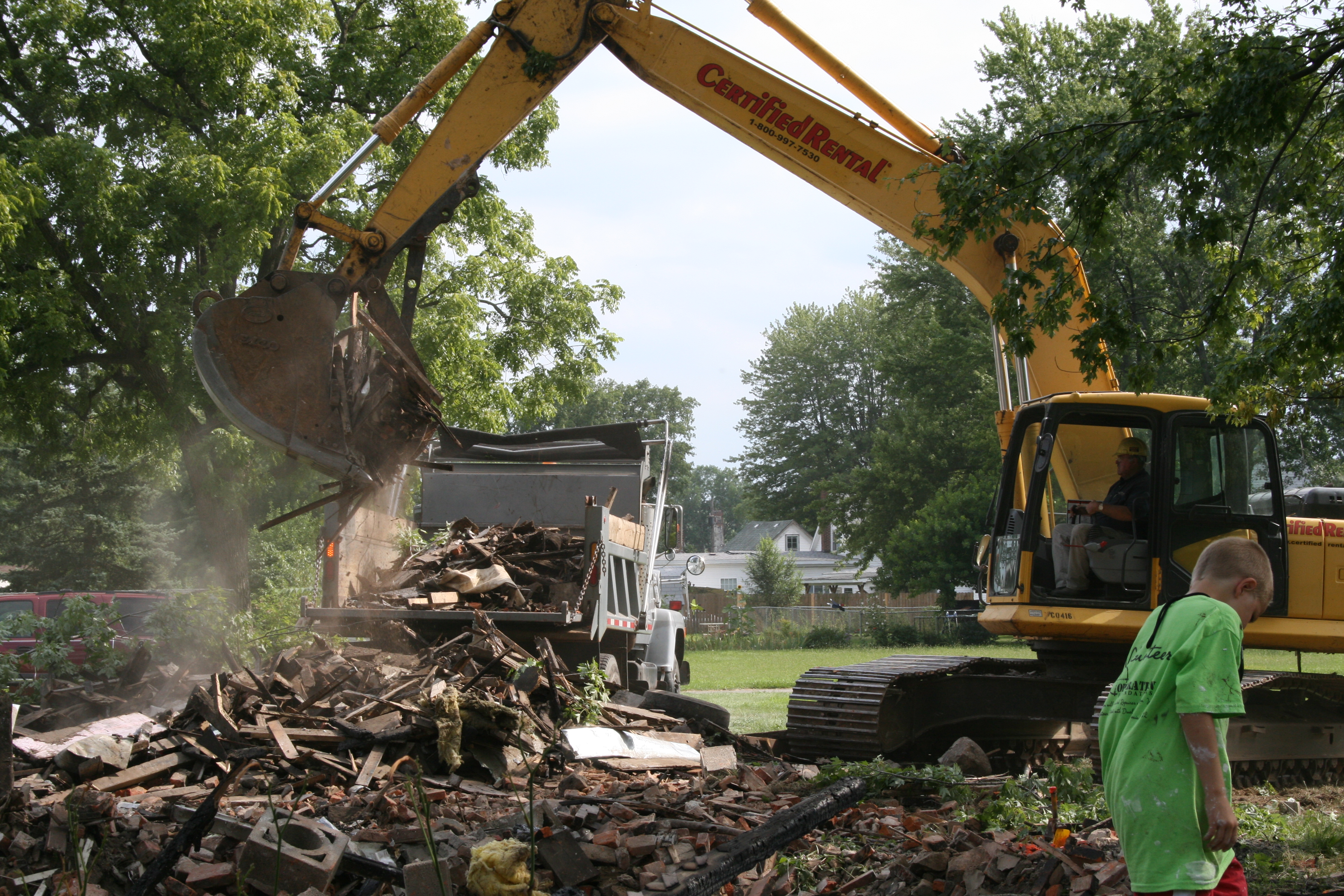 This note was reviewed in September 2018 and retained for legacy.
This note was reviewed in September 2018 and retained for legacy.
Life cycle assessment (LCA) is an internationally recognised and standardised (International Standards Organisation 1997) approach for assessing the environmental impacts of consumption and production. LCA is seen as the only method for evaluating and comparing alternatives, based on the environmental performance over the life of the alternative: that is, from material extraction through to use and disposal.
This note aims to provide an overview of how LCA is being applied in the building area, and to give practical guidance on using LCA and other life cycle approaches. It has been updated to include a discussion on the latest trends, data quality, data availability and tools for the built environment.
This note was originally published in November 2002 and titled GEN 51. Its authors were Tim Grant and Dominique Hes. It was based on the Greening the Building Life Cycle project of 2000–2001, funded by Environment Australia. The current note was revised and updated in May 2012 by Dominique Hes, with input from Tim Grant.
